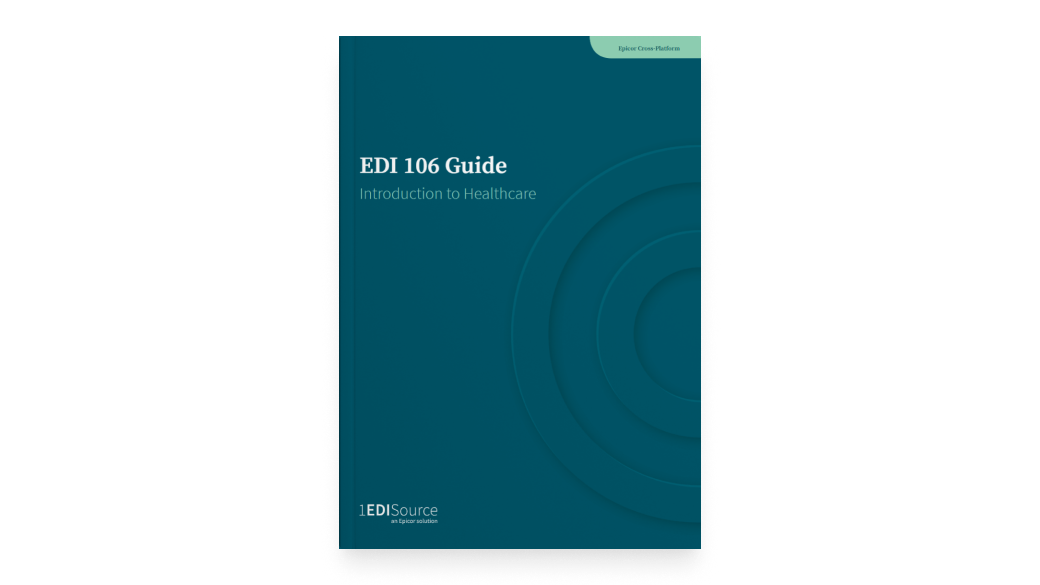EDI 106 Guide for Healthcare
Transform Your Healthcare Business with EDI
Download our EDI 106 Guide to learn how EDI can reduce costs, improve efficiency, and enhance data security across your healthcare organization
This guide, created by our experts, aims to familiarize you with the key features and advantages of using EDI within the healthcare industry. We'll explore the fundamentals of EDI, covering essential standards and transaction sets. By the end, you'll be well-equipped to embark on your EDI journey and unlock its full potential.
What to expect in our EDI software guide
EDI essentials for healthcare
→ What is EDI, and how does it work in healthcare?
→ The role of EDI in streamlining complex data exchange
→ Key benefits of EDI for providers, payers, and partners
7 steps to implement healthcare EDI
→ Selecting a HIPAA-compliant EDI solution
→ Mapping and testing transactions with partners
→ Migrating from paper-based processes
Understanding EDI standards
→ ANSI X12 and HIPAA requirements for healthcare
→ Common ANSI X12 transaction version ID codes
→ Importance of following companion guides
Essential EDI transactions
→ Understanding healthcare-specific transaction sets
→ How EDI deals with claims, payments, and more
→ Flow charts showing how healthcare transactions are exchanged
Optimizing your EDI processes
→ Integrating EDI with practice management and billing systems
→ Leveraging EDI for faster payments and fewer errors
→ Ensuring data security for sensitive information

Download the EDI 106 Guide